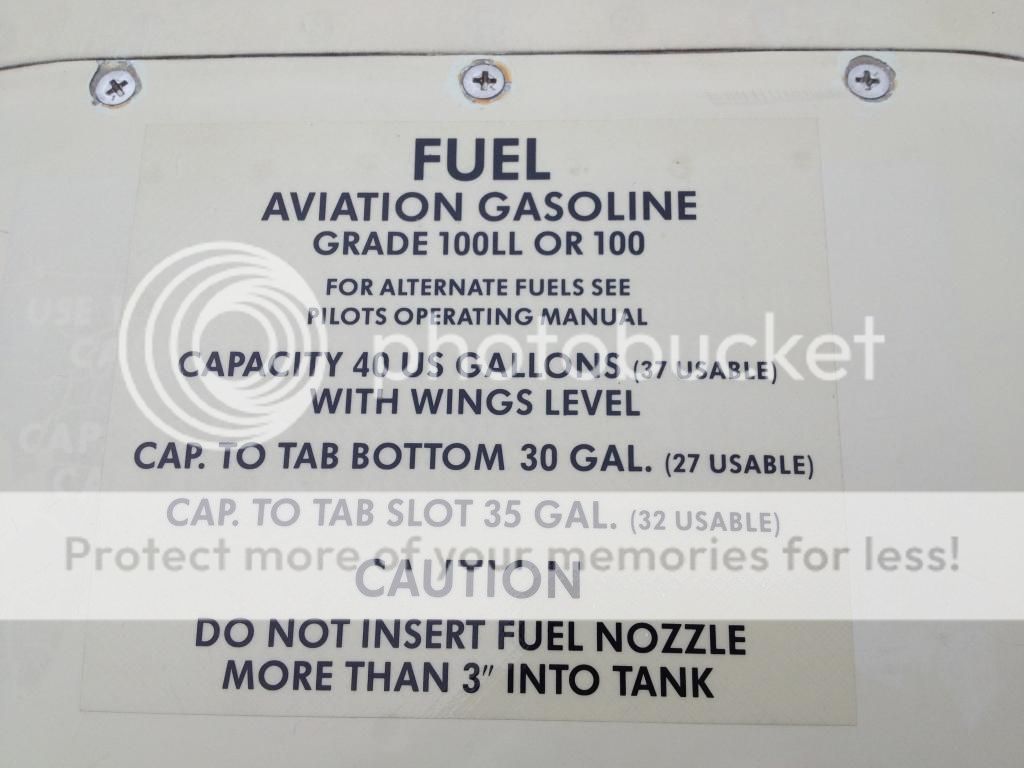U
Unregistered
Guest
Another current thread made me think about an issue I have with flying Pipers. Say I calculate that I have 2.5 hours of fuel in a tank. I've been taught the various methods of managing fuel by CFIs, but you always end with .5 hours of usable fuel in each tank (1 hr reserve). For instance, I've got 5 hours of usable fuel total, but after 4 hours of flying, there's .5'ish remaining in each tank. Do people really burn the gas down that low and count on that last .5 hour (each side) remaining when descending into the terminal environment? Are they not concerned with the tank running dry before they're in a position to land? Is the better method to run a tank dry en route, then rely on the last hour being contained in one tank? Seems this would be the more accurate method for determining true fuel quantity too. I suppose you just wait for the engine to cough, then quickly switch tanks and flip the boost pump on until you're certain it's feeding properly.
Anyone run a tank dry intentionally in a Piper?
Anyone run a tank dry intentionally in a Piper?


